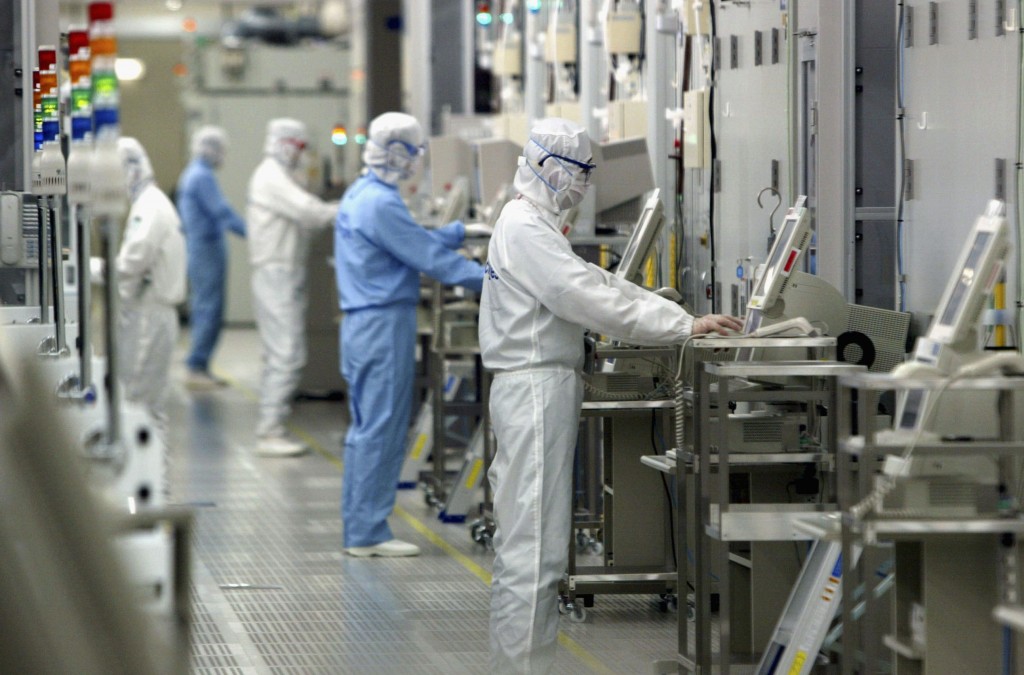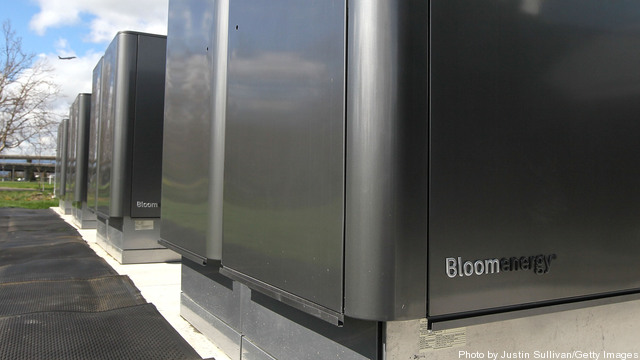by Pete Danko Fuel cells are not a renewable energy source, of course, although they can be tied to renewable energy. But even using fossil fuels their ability to produce electricity through an electrochemical process – instead of combustion – can make them flexible, relatively clean and efficient energy producers. And quiet, too, the U.S.… Keep reading →
Fuel Cell
Sign up and get Breaking Energy news in your inbox.
We will never sell or share your information without your consent. See our privacy policy.Hoku, Solar and Fuel Cell Aspirant, Bankrupt With $1B in Debt
By Greentech MediaHoku Corp just filed for bankruptcy in Pocatello federal court according to reports in the Idaho State Journal. Hoku started out as a fuel cell membrane and materials company, went public in 2005 on little revenue, and then pivoted to becoming a solar polysilicon manufacturer. The company also tried its hand at solar installation… Keep reading →
The race to develop fuel cell vehicles for what automakers hope will be an interested consumer audience has mildly been heating up of late. Hyundai, for example, has been for the most part at the forefront as some of its production ready vehicles are now in the city of Copenhagen, Denmark to be used there in a municipal fleet. Now… Keep reading →
A proposed Bloom Box fuel cell project falls apart because of financing. News on Bloom Energy continues to roll in. Last week we reported on the $130 million round of funding for Bloom, the decade-old fuel cell firm that has drawn down more than $1.1 billion in venture capital funding. (Also see last month’s detailed update on the fuel cell industry.)… Keep reading →

Pratt & Whitney Rocketdyne (PWR), a rocket engine maker based in California, celebrated another milestone in its effort to conserve energy and reduce waste with the commissioning of United Technology Corp.’s first operational large (400kW) fuel cell in the San Fernando Valley.
About 35 people attended the Jan. 9 event at PWR’s headquarters in Canoga Park, including Los Angeles City County Councilman Dennis Zine and representatives from California state assemblyman Bob Blumenfield’s office; the Los Angeles Department of Water and Power; and Southern California Gas Company. Keep reading →

Tough week for Apple on the green front. It ran into a buzz saw of ridicule for its decision to withdraw from the EPEAT product registry, and now Greenpeace is saying the company’s ballyhooed ultra-green North Carolina data center amounts to “mostly talk and not enough walk.”
Greenpeace on Thursday did boost Apple’s “How Green Is Your Cloud?” score, moving it to 22.6 percent from the 15.3 percent the company received in April. That puts Apple well ahead of Amazon (13.5 percent) but a long way behind Dell (56.3 percent), Google (39.4 percent) and Facebook (36.4 percent), among others. Keep reading →
 Two people walk through a forest in Easton, Connecticut identified as at risk for development.
Two people walk through a forest in Easton, Connecticut identified as at risk for development.
Connecticut has made a controversial choice in selecting a unique reverse auction system to foster renewable generation. Keep reading →

Much like microwaves and satellites, the US military could serve as an incubator for hydrogen fuel cell vehicle technology, helping it advance to a point where it can stand on its own in the global marketplace. In one of the latest examples of the private sector collaborating with the military on new technologies, General Motors and the U.S. Army, Pacific recently launched a 16 hydrogen fuel cell vehicle fleet in Hawaii.
The US Army views this as a worthwhile investment because its desire to reduce fossil fuel reliance, which can be a security concern. The contract is for a fleet of administrative vehicles that will be driven on base and around Oahu. Keep reading →

Fuel cells’ prospects of becoming a significant energy source are growing as costs decline and technology advances, helping the two leading players in the US industry, FuelCell Energy, and Bloom Energy.
In a signal of growing confidence in the full cell business, Bloom Energy is the subject of speculation that it will go public this year, said Sam Jaffe, research manager at IDC Energy Insights. Keep reading →

A technology that can provide reliable power with low emissions in congested areas without the need for costly transmission sounds like the wave of the future, and it will be if FuelCell Energy gets its way.
For now, neither the company nor the technology are profitable or widespread enough to be a major part of the US energy mix. Keep reading →




